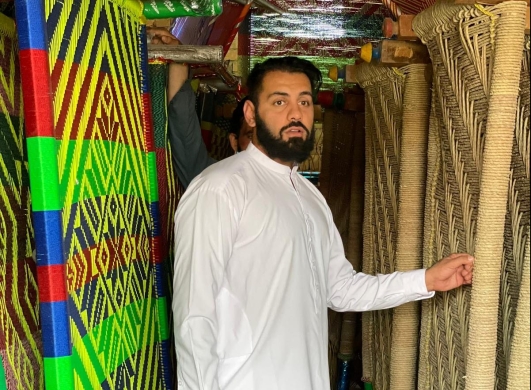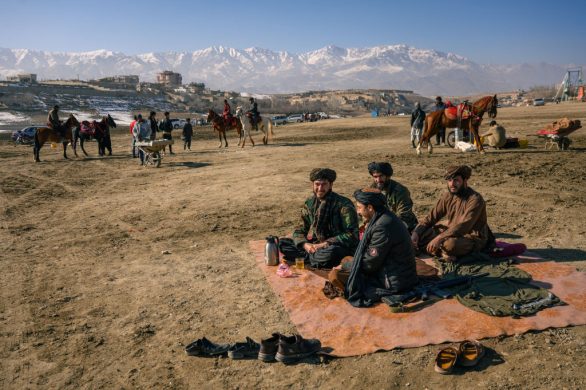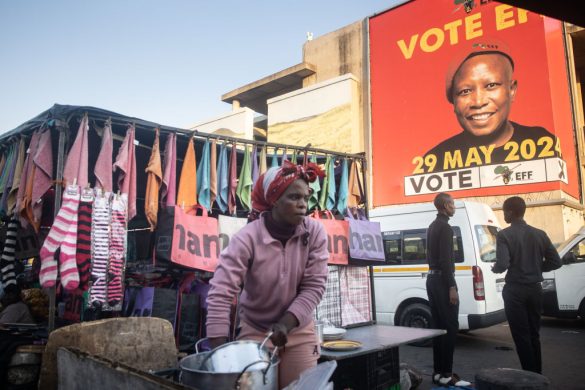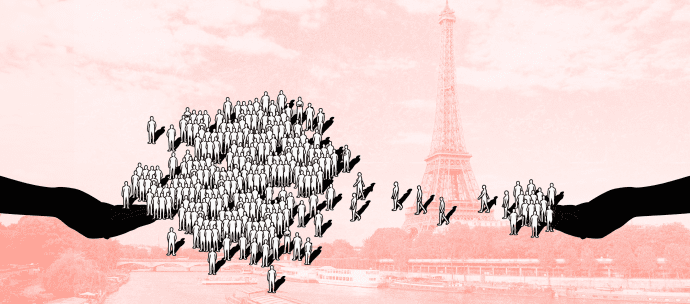Udviklingslandene står for over halvdelen af den globale fiskeeksport og indtægterne herfra overstiger den samlede landbrugseksport. Men der mangler tiltag til at inkludere de små fiskesamfund, siger FAO forud for fiskeri-møde i Norge i denne uge.
BERGEN 21 February 2014 (FA0): The booming world fish trade is generating more wealth than ever before, but countries must help small-scale fishers and fish farmers benefit too, FAO said Friday.
Global fishery production from wild capture fisheries and aquaculture is expected to set a new record in 2013 at 160 million tonnes, up from 157 million tonnes the previous year, while exports will reach 136 billion US dollar, according to preliminary data published ahead of the FAO Sub-Committee on Fish Trade meeting in Bergen, Norway, next week.
Fiskeopdræt nærmer sig halvdelen af totale produktion
“The record trade figures reflect the strong growth in aquaculture output and the high prices for a number of species such as salmon and shrimp,” said Audun Lem, Chief of FAO’s Products, Trade and Marketing Branch. “This is underpinned by firm underlying demand for fish products from world markets.”
Aquaculture production is expected to hit about 67 million tonnes in 2012 and projections for 2013 point towards fish farmers producing 70 million tonnes – 44 percent of total fishery output and 49 percent of fish for direct human consumption.
“The proportion of fish production being traded internationally is significant, at around 37 percent in 2013,” said Lem. “This makes the fisheries sector one of the most globalized and dynamic industries in world food production.”
Små fiskere møder mange barrierer
Developing countries continue to play a major role in supplying world markets, accounting for 61 percent of all fish exports by quantity and 54 percent by value in 2012.
Their net export revenues (exports minus imports) reached 35,3 billion dollar, higher than those for other agricultural products combined including rice, meat, milk, sugar and bananas.
But benefits from international trade are not always trickling down to small-scale fishing communities, even though small-scale fishers and fish farmers constitute about 90 percent of the sector’s global workforce, FAO said.
The Organization is urging countries to assist small-scale fishers and fish workers – around half of whom are women – to overcome a number of barriers such as lack of bargaining power and access to credit, difficulty in meeting market access regulations and poor trade-related infrastructure, so that they can access local, global and especially regional markets.
“There are exciting opportunities in regional markets at the moment as emerging economies such as Mexico, Brazil, Indonesia and Malaysia want more fish and are looking to their neighbours to supply it,” Lem said, adding:
“At the same time, this growing demand is stimulating new investments in local aquaculture production, including in Africa.”
Countries need to provide small-scale fishers with access to finance, insurance and market information, invest in infrastructure, strengthen small-scale producer and trader organizations, and ensure that national policies do not overlook or weaken the small-scale sector, according to FAO.
http://www.fao.org/news/story/en/item/214442/icode
FAO er FNs Fødevare- og Landbrugsorganisation.














